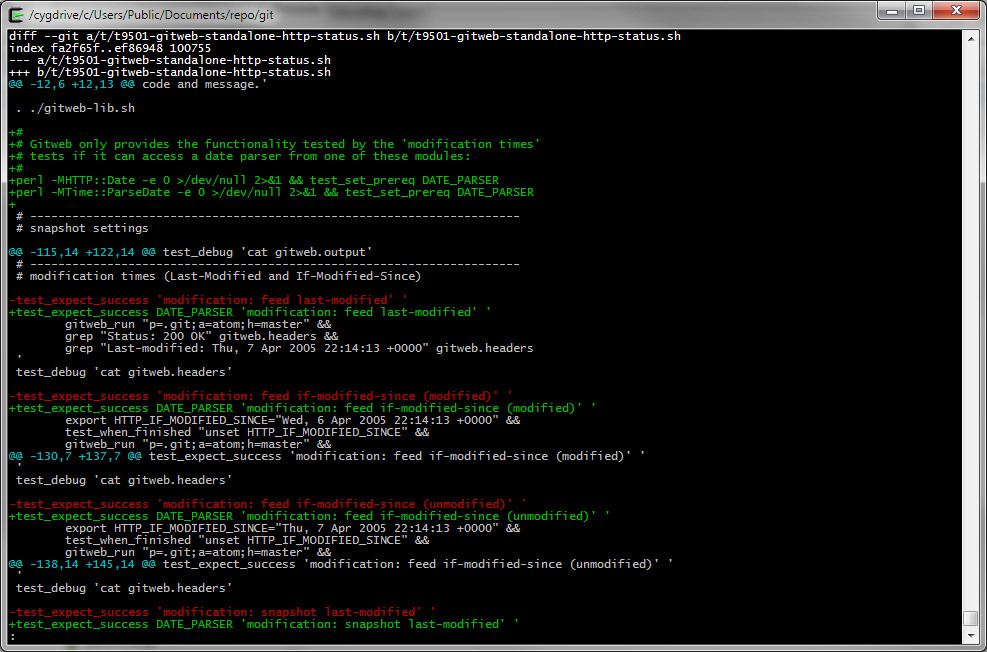

Centralized version control systems: They comprise a single repository, and all users get their own copies.They can easily re-create the exact look of a file at any point in time by adding the patches.
#Git config Patch
Revision control systems (RCS) are among the most popular VCS tools that store patch sets on the disk.
#Git config software
Since all of them make some contributions to the software code and keep making changes, it is important that the changes be communicated to other team members. One of the main reasons why VCS is necessary is, often, software programs are developed by a group of developers who may be working from various parts of the globe. Preferably, you should only do this in repositories that haven't been published / shared, yet.Version control systems or VCSs are a collection of various software tools that allow professionals to record the changes that have been made to the respective documents and files by tracking the modifications made to the program code. The same warning applies to this method as to the others mentioned: you are rewriting history with this command, creating new commit objects along the way! You can run the below sample script in your repository (filling in real values for the old and new email and name): $ git filter-branch -env-filter Name It allows you to batch-process a (potentially large) number of commits with a script.

$ git rebase -continue Using git filter-branchĪnother way is to use Git's "filter-branch" command. Your job, now, is to correct the author information and then continue to the next concerned commit object until you've edited all the commits you just marked: $ git commit -amend -author="John Doe " -no-edit Once you are satisfied with your changes, run Git will now walk you through each commit, giving you the chance to mold it as you desire: Stopped at 5772b4bf2. Your editor will open, requesting you to mark all the commits you want to change with the "edit" keyword. The first step is to identify the last "good" commit and provide its hash to the rebase command: $ git rebase -i -p 0ad14fa5 Use it with care (and possibly read up on it)! However, being as powerful as it is, this also means you can very easily shoot yourself in the foot. Interactive Rebase is the Swiss Army Knife of tools in Git: it allows you to do and change almost anything. This effectively replaces the last commit with your "edited" version, correcting the wrong author information.

In case you want to change just the very last commit, Git offers a very easy way to do this: git commit -amend -author="John Doe " There are three basic ways to edit your past commits: Using -amend for the Very Last Commit Therefore, think twice before you rewrite your commit history! This is nothing to take lightly: you will create new commit objects in this process, which can become a serious problem for your collaborators - because they might have already based new work on some of the original commits. No matter how exactly we change the information of past commits, there's one thing to always keep in mind: if we do this, we are effectively rewriting commit history. Note Editing Past Commits Rewrites History!


 0 kommentar(er)
0 kommentar(er)
